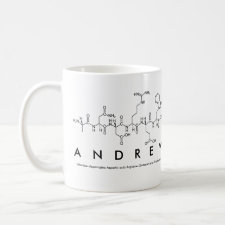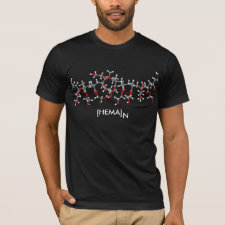
Authors: Sulitzky C, Rückert B, Hall AJ, Lanza F, Unger K, Sellergren B
Article Title: Grafting of molecularly imprinted polymer films on silica supports containing surface-bound free radical initiators.
Publication date: 2002
Journal: Macromolecules
Volume: 35
Issue: (1)
Page numbers: 79-91.
DOI: 10.1021/ma011303w
Abstract: Silica particles containing surface-bound free radical initiators have been used as supports for the grafting of thin films of molecularly imprinted polymers (MIPs). This technique offers a means of fine-tuning the layer thickness for improved kinetic properties or enhanced capacity in chromatographic or sensor applications. Thus prepared MIPs imprinted with L- phenylalanine anilide, have been characterized by FT-IR spectroscopy, thermogravimetric analysis (TGA), differential scanning calorimetry (DSC), elemental analysis, fluorescence microscopy, and scanning electron microscopy (SEM), providing evidence concerning the reproducibility in each step and the quantity and quality of the grafted films. The chromatographic properties of the materials have been investigated with respect to the average layer thickness of the polymer on the surface, the solvent, the support pore diameter, the cross-linker concentration, and the composition of the mobile phase. For the porous particles, the column efficiency depended strongly on the amount of grafted polymer. Thus, polymers grafted as thin films (ca. 0.8 nm as average film thickness) on silica with 10 nm average pore diameter showed the highest column efficiency giving plate numbers (N) for the imprinted enantiomer of ca. 700 m(-1) and for the antipode ca. 24 000 m(-1). This resulted in baseline resolutions on a 33 mm long column in less than 5min. On the other hand the sample load capacity and separation factor increased up to 7.0 nm layer thickness and dropped again for larger amounts of grafted polymer. A support with an average pore diameter of 100 nm and a 3.8 nm layer thickness showed a far higher saturation capacity than values previously determined for the conventional monolithic materials



Join the Society for Molecular Imprinting

New items RSS feed
Sign-up for e-mail updates:
Choose between receiving an occasional newsletter or more frequent e-mail alerts.
Click here to go to the sign-up page.
Is your name elemental or peptidic? Enter your name and find out by clicking either of the buttons below!
Other products you may like:
 MIPdatabase
MIPdatabase









